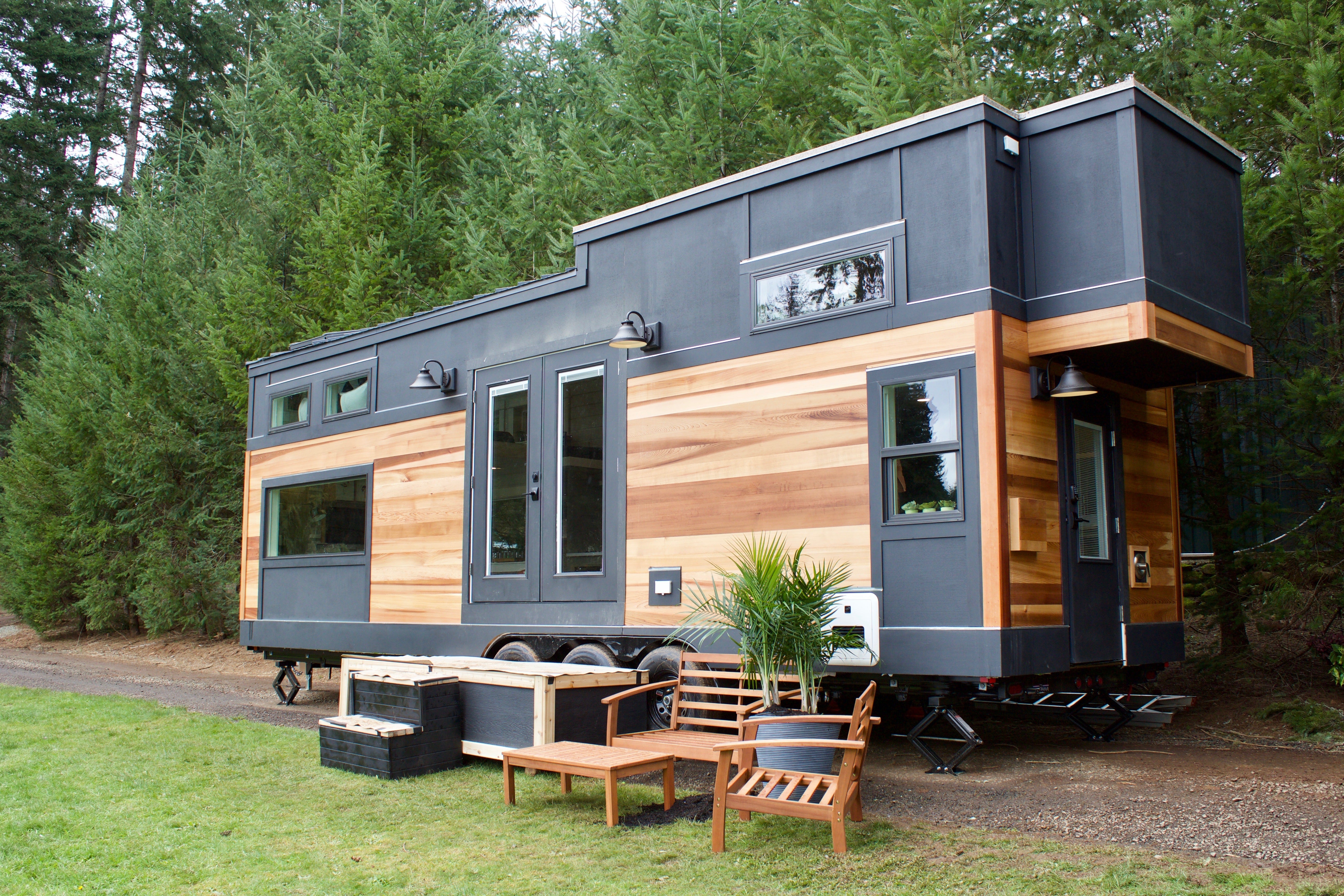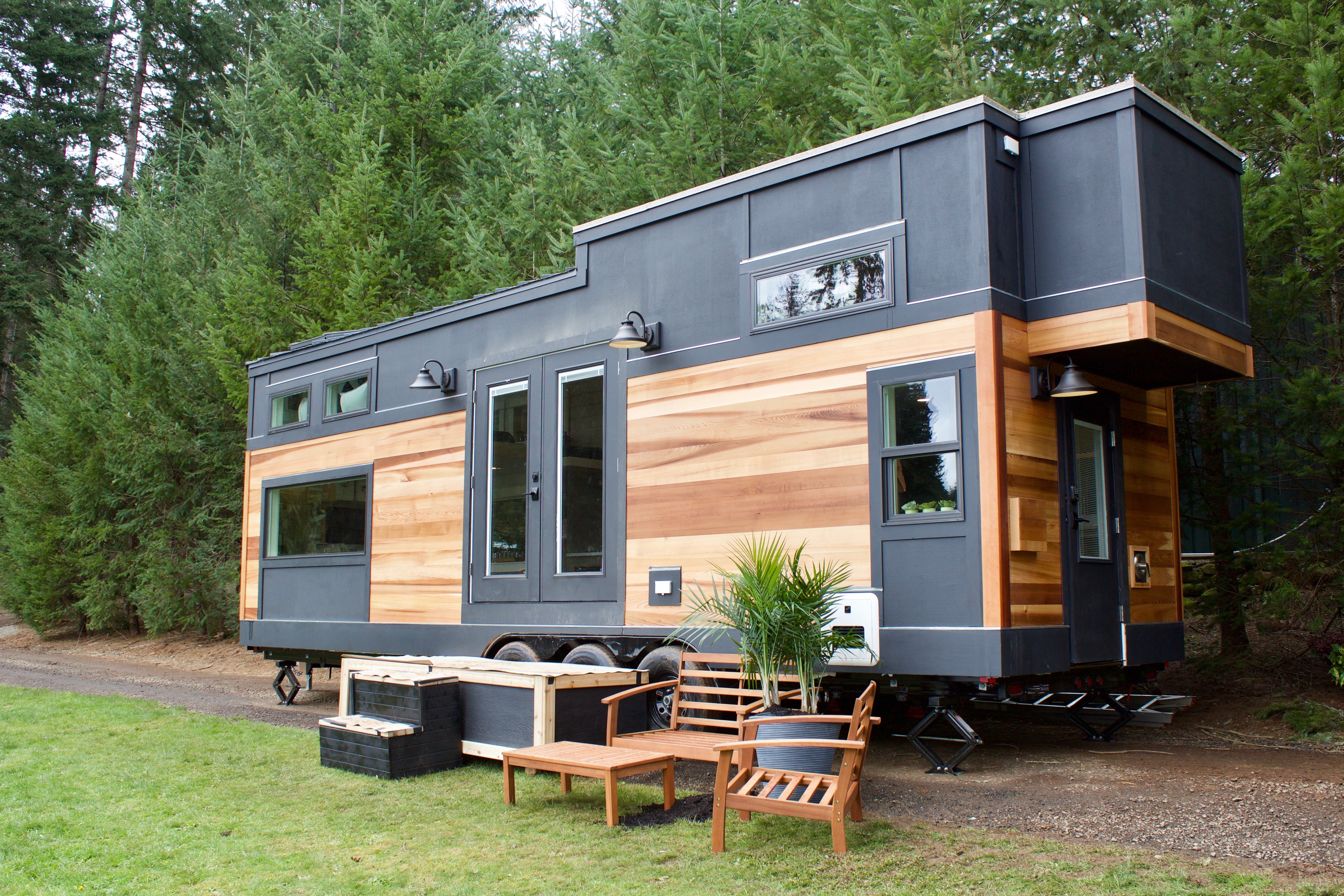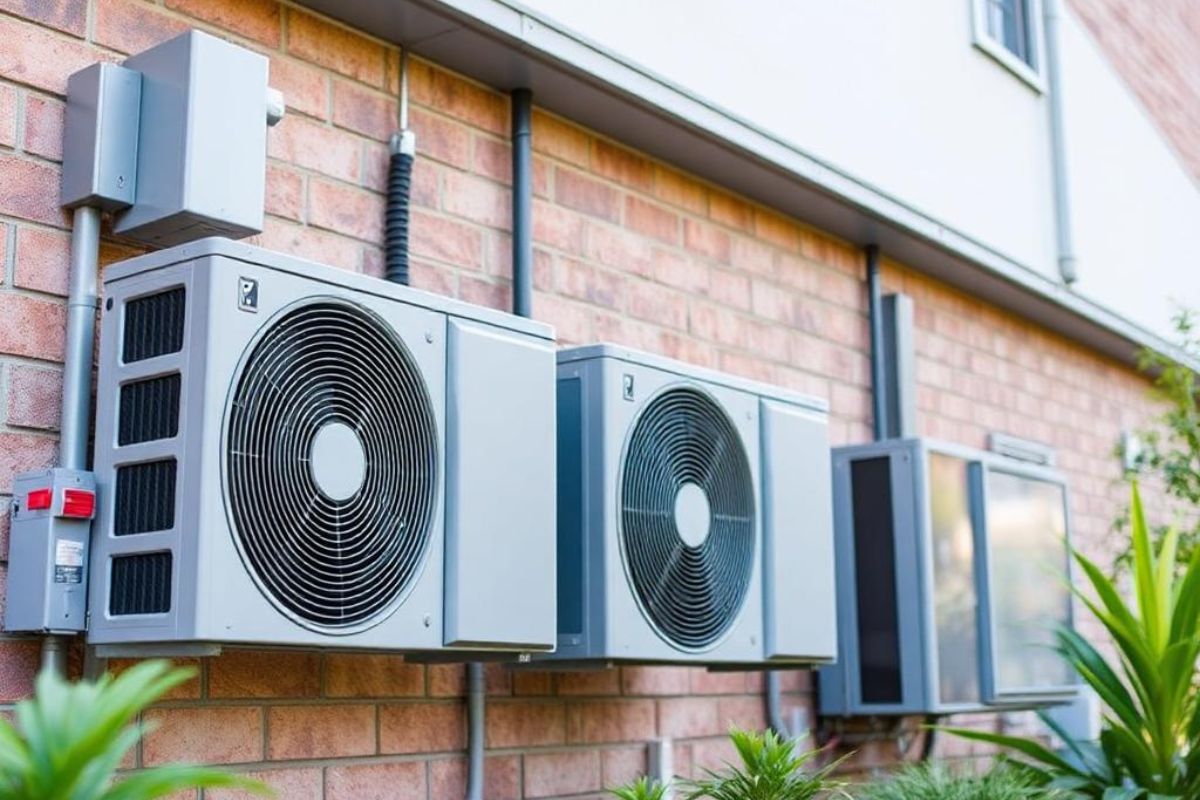Off-grid tiny homes represent a commitment to self-sufficiency and environmental care. Yet the land surrounding these compact dwellings often receives less attention than the structures themselves. Strategic landscaping extends the principles of sustainable living beyond your walls. It creates an integrated ecosystem that supports energy independence, water conservation, and year-round comfort.
The right combination of native plants, water management systems, and thoughtful design transforms your outdoor space. These landscapes don't just look appealing—they actively reduce your resource consumption while enhancing the livability of your compact footprint.
Natural Climate Control Through Strategic Planting
Trees and shrubs positioned around your tiny home function as living climate control systems. They reduce your reliance on heating and cooling systems that drain precious battery reserves or propane supplies.
Deciduous trees planted on the south and west sides provide shade during summer months when the sun sits high and heat becomes most intense. Shade trees can reduce home electricity consumption by 4–6% annually and 8–10% in summer months, according to the U.S. Environmental Protection Agency (EPA). Come winter, these same trees drop their leaves. This allows sunlight to warm your home naturally when you need it most.
Evergreen windbreaks on the north side shield your tiny home from cold winter winds. These winds steal heat through infiltration and convection. A properly positioned row of dense conifers can reduce wind speed significantly. This cuts heating demands throughout the cold season.
The layered approach works best. Tall trees create the primary barrier. Mid-height shrubs fill gaps where wind might slip through. Low groundcovers prevent turbulence at ground level. This living wall requires no electricity and needs no maintenance beyond occasional pruning. It improves in effectiveness as it matures. When combined with proper plant selection for your region, energy-efficient landscaping becomes a passive climate control system. It works year-round without drawing from your power supply or increasing your carbon footprint.

Water Independence Through Smart Collection and Retention
Off-grid living demands careful water management. Your landscape design should capture, store, and distribute this precious resource efficiently.
Rain gardens positioned at natural low points collect runoff from your roof and surrounding areas. This allows water to infiltrate slowly rather than racing away to storm drains or eroding your property. Native plants with deep root systems thrive in these zones. They require no supplemental irrigation once established while filtering pollutants and preventing soil erosion.
Swales are shallow, vegetated channels that follow contour lines. They slow water movement across sloped terrain, giving it time to soak into the ground rather than rushing downhill. These features recharge groundwater supplies that feed your well. They also prevent the gullying and washouts that plague properties with conventional grading.
Mulched pathways and permeable surfaces around your tiny home allow rainfall to penetrate. They don't create impermeable barriers. A three-inch layer of wood chips or gravel provides stable walking surfaces while maintaining natural water infiltration patterns.
Consider the complete water cycle when planning your landscape. The water your roof collects flows into storage tanks. It irrigates your garden and eventually returns to the soil where deep-rooted plants make it available again. This closed-loop system maximizes every gallon while building soil health and supporting biodiversity.
Food Production in Vertical and Marginal Spaces
Limited ground space around tiny homes demands creative approaches to food production. Yet the same compact footprint that restricts indoor living creates opportunities for intensive outdoor growing.
Vertical gardening systems transform walls and fences into productive growing surfaces. Trellised beans, peas, cucumbers, and tomatoes climb upward rather than sprawling across valuable ground space. South-facing walls provide the added benefit of thermal mass. They radiate stored heat during cool nights and extend your growing season by several weeks on either end.
Espalier fruit trees are trained to grow flat against structures. They produce full-sized harvests while occupying just 6-12 inches of depth. A single espalier apple tree can yield substantial fruit annually. It takes up less space than a traditional patio chair.
Herb spirals concentrate Mediterranean herbs like rosemary, thyme, and oregano in a compact, three-dimensional structure. This creates multiple microclimates within a four-foot diameter. The elevated center drains quickly for plants that prefer dry conditions. The base retains moisture for herbs that need consistent water.
Container gardens on wheeled platforms follow the sun throughout the day. This maximizes light exposure without permanent installation. This flexibility proves invaluable around tiny homes where optimal growing locations may shift seasonally. You can also move production closer to your door during peak harvest periods.

Native Plants as Low-Maintenance Anchors
Plants adapted to your local climate, soil, and rainfall patterns require minimal intervention once established. This makes them ideal choices for off-grid properties where time and resources focus on essential systems rather than landscape maintenance.
Native species have evolved alongside local insects, birds, and wildlife. They create balanced ecosystems that naturally resist pests and diseases without chemical intervention. A landscape built around regional plants typically requires significantly less water than conventional ornamental gardens. It also supports native pollinators.
Deep root systems—some extending 15 feet or more—access moisture and nutrients unavailable to shallow-rooted lawn grasses and exotic ornamentals. This self-sufficiency means less supplemental watering and no fertilizer applications. It requires minimal long-term care beyond occasional pruning. The Lawrence Berkeley National Laboratory found that planting an average of four shade trees per home can reduce carbon emissions from power plants by up to 41,000 tons annually in some cities.
Research plants native to your specific ecoregion rather than just your state or climate zone. A species that thrives 100 miles away may struggle in your exact conditions. This happens if soil type, elevation, or rainfall patterns differ significantly.
Creating Outdoor Living Extensions
Well-designed landscapes effectively expand your tiny home's usable square footage. They create comfortable outdoor rooms for cooking, dining, working, and relaxing. When planning these extensions, consider how pathways and outdoor spaces connect to your entry points. The same accessible tiny home plan tools used for interior layouts can help ensure your landscape design maintains clear circulation paths. They also ensure adequate maneuvering space for all users.
Pergolas and shade structures positioned adjacent to your home provide weather protection. They maintain the indoor-outdoor connection that makes tiny home living feel spacious rather than cramped. For those seeking wellness amenities, outdoor spaces also provide practical locations for features like a sauna for a tiny home. This conserves indoor square footage while creating a private retreat. Deciduous vines grown over these structures offer summer shade and winter sun exposure. They adapt to seasonal needs without mechanical systems.
Ground-level decks or stabilized gravel patios extend your floor space outdoors. They create areas for activities that would crowd your interior. These surfaces require minimal materials while providing stable, well-drained foundations for outdoor furniture and equipment.
Building a Sustainable Foundation
Sustainable landscaping transforms the land around your off-grid tiny home from unused space into a productive, comfortable system. It becomes an environmentally integrated part of your property. The investment in native plants, water management features, and thoughtful design pays returns in reduced resource consumption.
It increases food production and enhances livability that compounds year after year. Your landscape becomes not just a setting for your home, but an essential component of your off-grid independence.





Share: